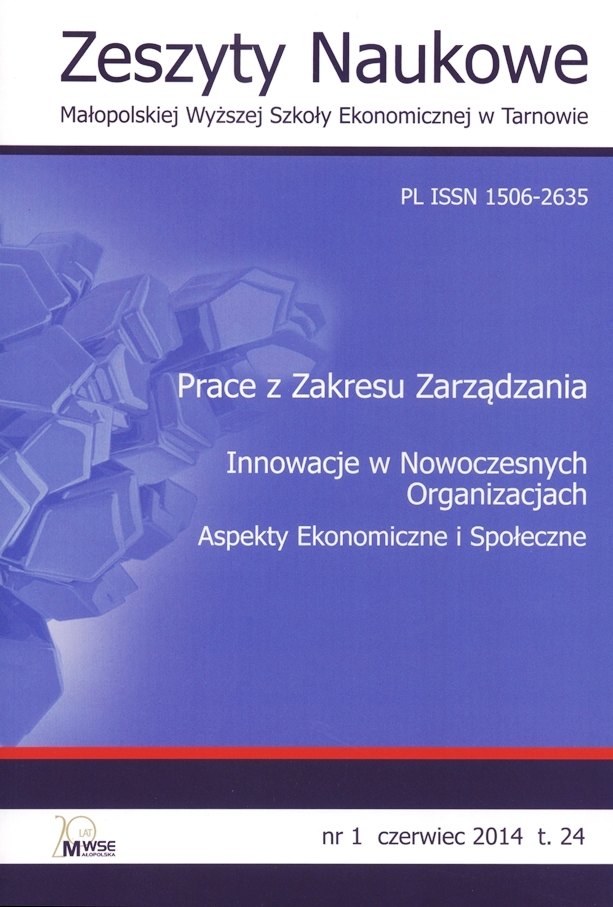Abstract
Developed by Wassily Leontief in the early twentieth century matrix of sectors and branches of the national economy has become over the centuries, an interesting and important economic tool. It was taken by most of the countries, including Poland where it was named by Oskar Lange as a method of between branches production flow. It is the more perfect, the more divisions and branches are crossed at the national balance. Recently the Eurostat has published for the 27 European Union countries such arrays with a capacity of 60 x 60. Among them, there are separate sections: “real estate services” and “construction and construction works”. It has therefore, become an opportunity to compare the structures of these similar departments, as well as the relationships between these sections and the entire national economy of each country. Such an objective outlined in this study is based on Eurostat data for the years 1995–2010. Presenting the available data it can be expected to confirm the well-known statements of W. Leontief, that countries with similar levels of development have similar coefficients of the matrix in a decade. The matrix analysis of chosen branches allows the construction and real estate activists better know and understand the economic meaning of their domains. The traditional statistics however, does not bring such a clear evidence of their functioning.
References
Eurostat (2014). Statistics. Economy and finance. ESA 95 Supply Use and Input-Output tables. Access workbooks by country [online, dostęp: 2014-04-10]. Dostępny w Internecie: http://epp.eurostat.ec.europa.eu.
View in Google Scholar
Kałkowski, L. (2006). Udział usług związanych z nieruchomościami w gospodarce narodowej. Świat Nieruchomości, 57‒58, 22‒26.
View in Google Scholar
© Copyright by Małopolska School of Economics in Tarnów. The articles are available under the Creative Commons Attribution NonCommercial-NoDerivatives 4.0 International License


